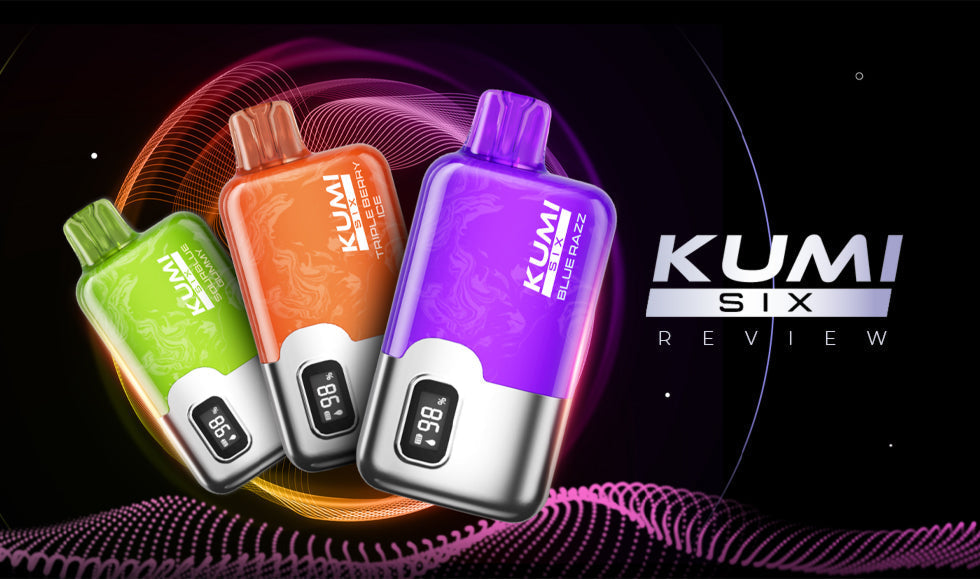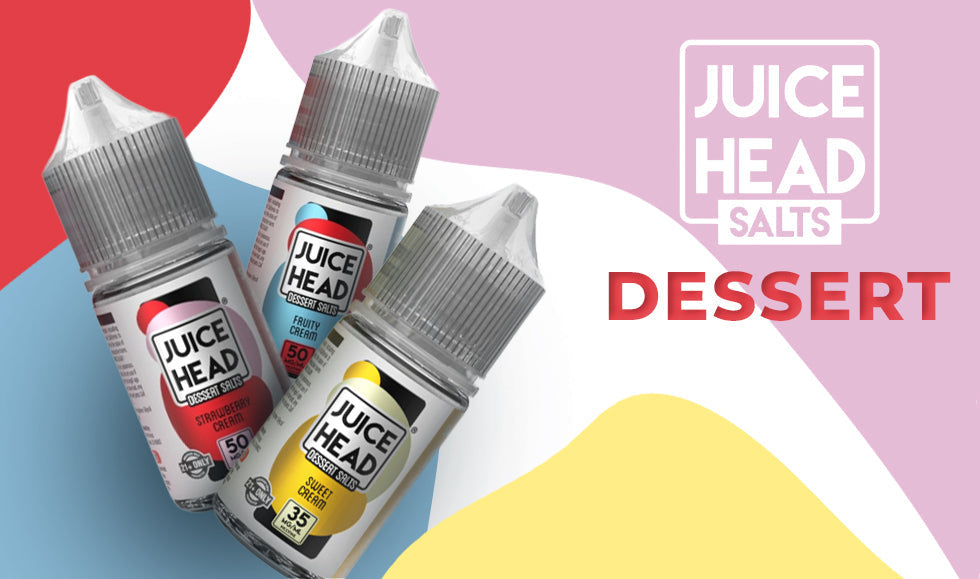Anyone who follows vaping news is at least familiar with the term “PMTA,” which, as you may have noticed, has largely unnerved the vaping community at large. The PMTA, which is short for the pre-market tobacco product application, is a new requirement from the FDA which demands that all vaping companies and tobacco companies submit applications for their products to be approved. This is the FDA’s attempt at regulating the vaping industry, and while the ultimate intention sounds like a good option, it’s caught many vaping manufacturers by surprise.
The PMTA requirement could have major implications regarding the future of the vaping industry, which is why we wanted to offer a comprehensive guide to understanding it.
What is a PMTA, and Why Does it Matter?
A pre-market tobacco product application is an application sent to the FDA from a manufacturer to ask for approval for their products to be sold. Because vaping is considered a tobacco product according to the FDA, all e-liquid companies must participate, or else their products will no longer be legal to sell to consumers. This has come about after much controversy regarding vaping, as the industry, which first hit the scene in the late 2000s, exploded quickly before the FDA got a chance to regulate it. With black market products hitting various outlets, the FDA panicked and decided they needed to come up with a streamlined approach to ensuring that all vaping goods on the market are safe and within legal guidelines. Thus, the concept of the PMTA was born.
This has come about after much controversy regarding vaping, as the industry, which first hit the scene in the late 2000s, exploded quickly before the FDA got a chance to regulate it. With black market products hitting various outlets, the FDA panicked and decided they needed to come up with a streamlined approach to ensuring that all vaping goods on the market are safe and within legal guidelines. Thus, the concept of the PMTA was born.
But it took vape companies by surprise, because when it was first announced last year, the deadline was not extremely far off in the future. Among other things, a PMTA must give a thorough breakdown of how the products are manufactured, including their ingredients, how they are handled and the facility they are produced in. This is time-consuming, and many vaping companies were worried they would not be able to submit their applications in time, which could lead to their products being pulled from the shelves.
However, the FDA was lenient, and extended the deadline to September. This means that at this point in time, all companies producing e-liquids and hardware should have submitted their applications.
What is the Goal That the FDA Has with Vaping?
The goal that the FDA has is a simple one – to making vaping a regulated industry, much like the tobacco industry, which technically, vaping belongs to. Up until this point, the vaping industry self-regulated, adhering to their own standards to prove their superiority in terms of quality, as well as their safety. But, with any new, booming industry, there are lots of cheap companies slipping between the cracks, producing low-quality, potentially unsafe goods that give the vaping industry as a whole a bad name. The PMTA process allows the FDA to have a master file on all of the different vaping products on the market, in terms of how they are made and what they contain, to ensure that these products are ultimately safe to use by consumers. And, of course, the reward for submitting one is being able to legally sell vaping products, assuming the application is approved.
The PMTA process allows the FDA to have a master file on all of the different vaping products on the market, in terms of how they are made and what they contain, to ensure that these products are ultimately safe to use by consumers. And, of course, the reward for submitting one is being able to legally sell vaping products, assuming the application is approved.
How’s it Coming Along?
Unsurprisingly, the FDA ended up overwhelmed with applications all at once. They have a year to approve every application, but it’s clear that they’re backed up. Quite simply, going through each and every application is an enormously tedious process, and as they basically all came in at once, the FDA is struggling to keep up.
Interestingly, congress is getting involved. Senators are asking that the FDA release the information they have been able to input as of now for the sake of small businesses that sell vaping products. As it stands, small businesses like convenience stores and vape shops don’t know if what they’re selling is safe and are pleading with the FDA to at least offer up some information that can help them determine what they can continue selling without fear of putting their customers at risk. The FDA has yet to offer a response.
What Could This Mean for the Future of Vaping?
So, how does this affect the vaping industry in the long term? Well, there are two possibilities. One is that the large majority of vape companies get the approval from the FDA and can continue selling their products just as before. The other possibility, which is less likely, is that the FDA decides that many vaping products we’re all familiar with do not adhere to the necessary guidelines and pulls them from the shelves.
The other possibility, which is less likely, is that the FDA decides that many vaping products we’re all familiar with do not adhere to the necessary guidelines and pulls them from the shelves.
We have about a year before we see the full effects of this new policy, as this will be when the FDA must give approval to all of the applications that they have received.
How Vape Companies/Manufacturers Have Met These Deadlines
Many of your favorite vape companies have been hard at work all year getting everything together to provide an accurate and comprehensive application to submit to the FDA. And, by and large, they have succeeded.
One way that the FDA has made it easier is by introducing the concept of a TPMF (tobacco products master file), which is a database of information produced by providers of ingredients to e-liquid companies, breaking down how they make their flavoring extracts, propylene glycol and so on.
Instead of a vape juice company having to provide this info in their own way, they can simply refer to a TPMF provided by the companies they source their ingredients from to save time.
The Bottom Line
The vaping industry has evolved a lot over the last decade and change, and now the FDA is finally ready to regulate it to give it more legitimacy, while ensuring maximum safety for consumers. The PMTA agreement may have left many brands flustered this year, but our hope is that it leads to a safer, more trustworthy market in the years to come.





